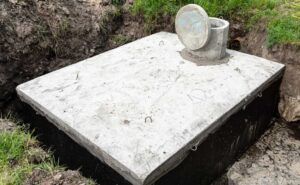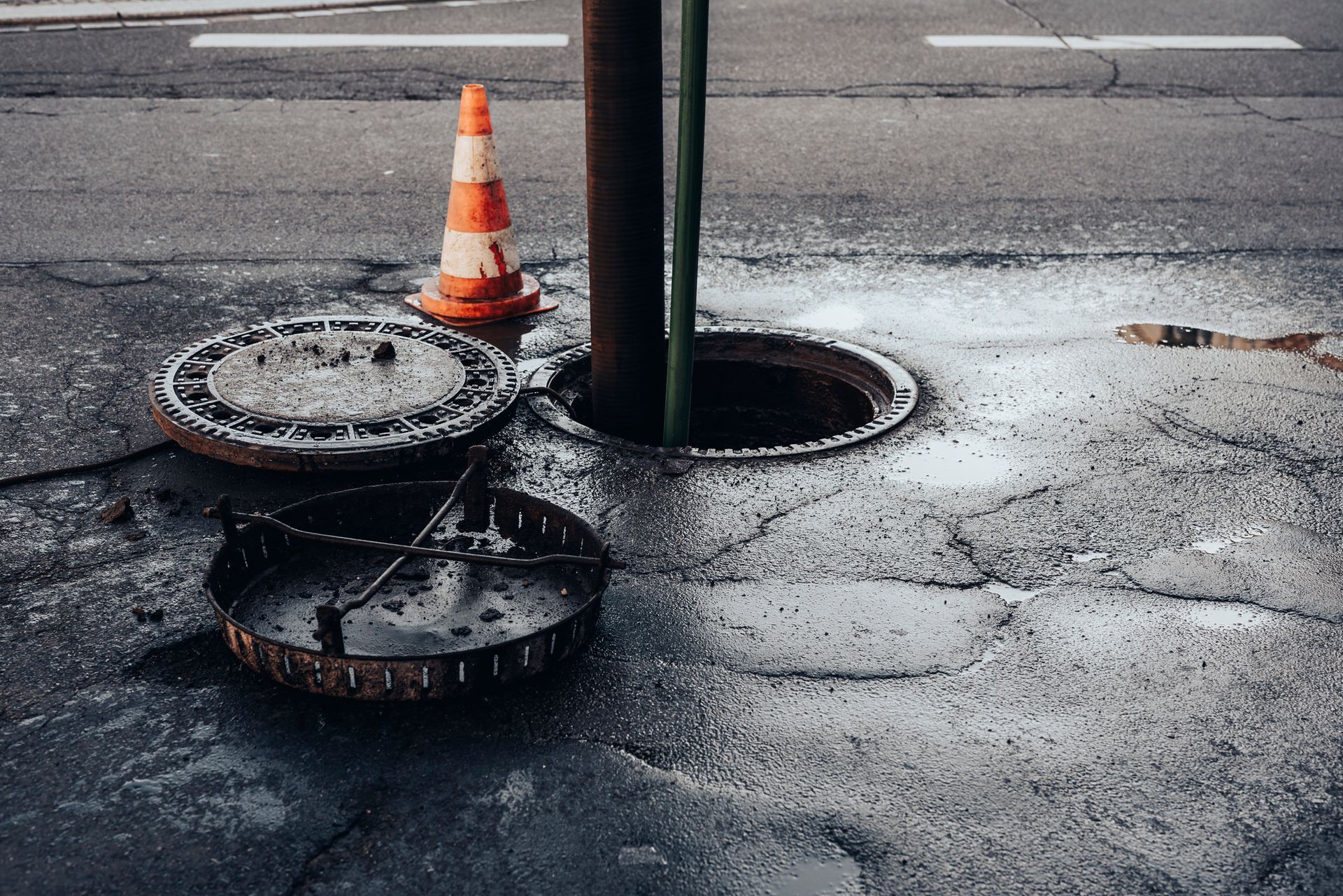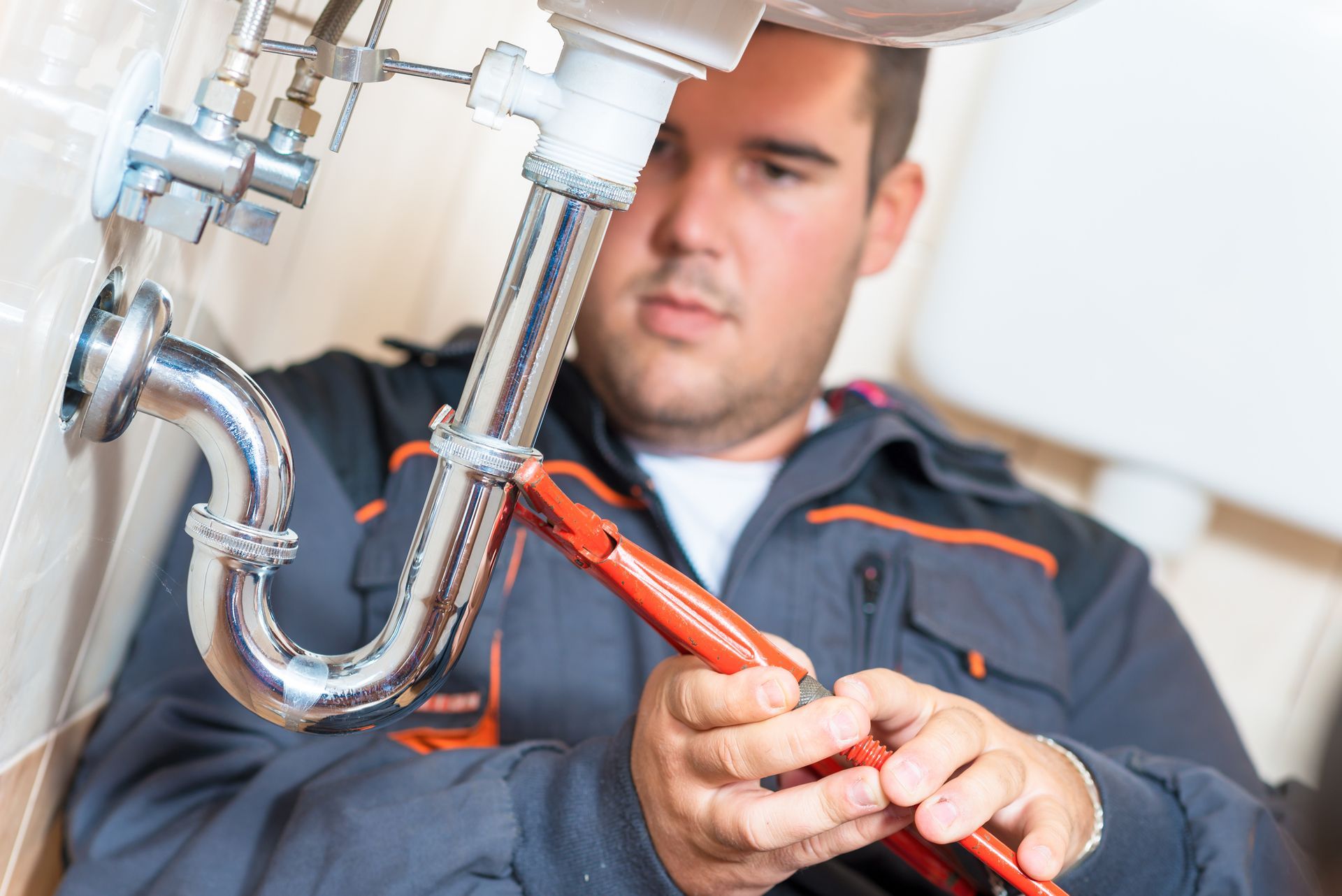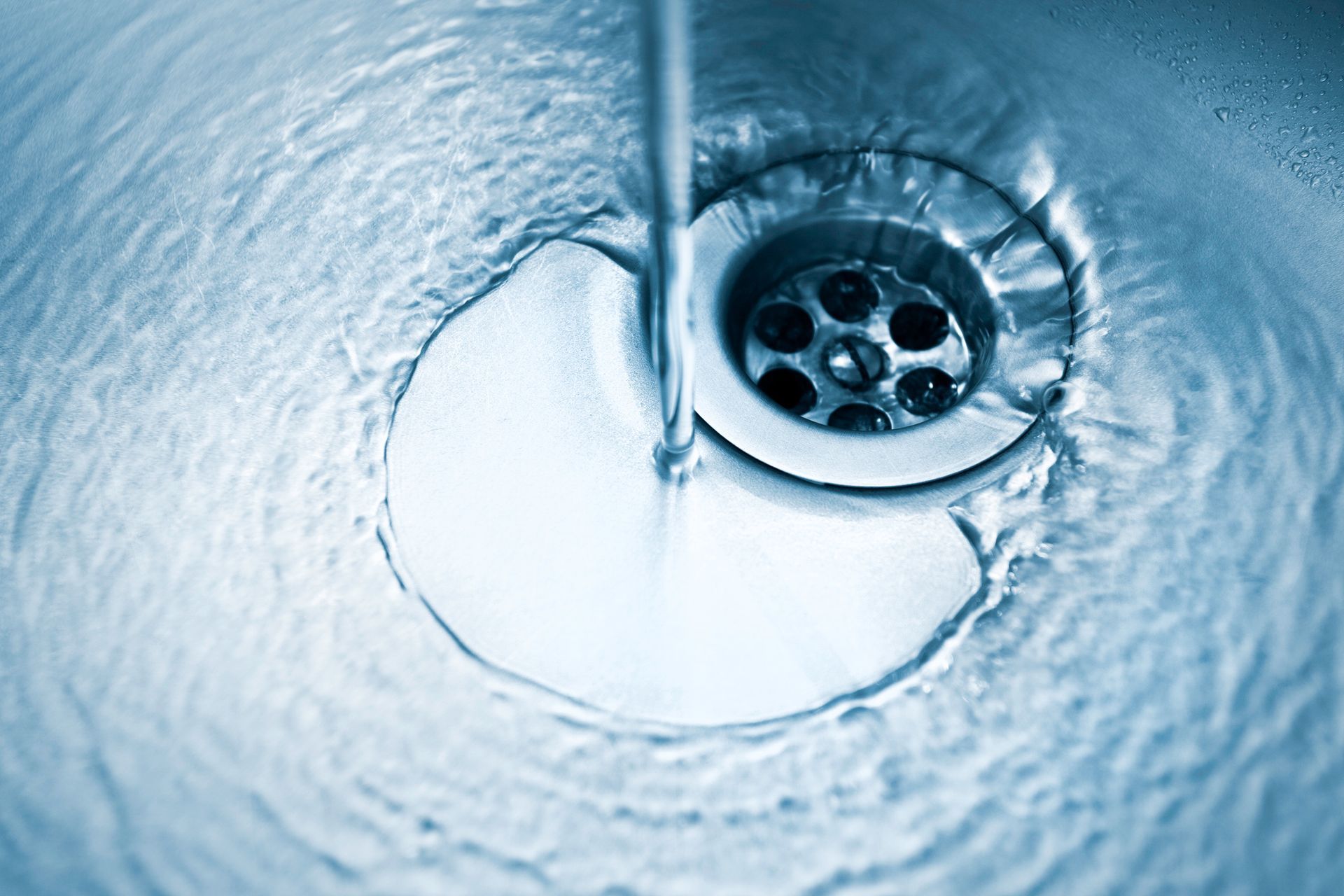Essential Septic System Maintenance Checklist

Maintaining a healthy as well as efficient septic system is pivotal to every homeowner, as neglecting it could result in costly repairs, unpleasant odors, and environmental hazards. In this guide, we will shed light on a comprehensive septic system maintenance checklist so you don’t miss any essential steps. By following its guidelines, you can extend its lifespan, avoid unexpected issues, and ensure optimal wastewater management at home.
Understanding the Importance of Septic System Maintenance
Before diving into our septic system maintenance checklist, let’s first take some time to learn why proper maintenance of a septic system is of utmost importance.
Why is septic system maintenance essential?
Proper maintenance of your septic system isn’t simply about avoiding inconvenience, it’s also about safeguarding the health, property as well as environment of yourself and others around you. A neglected septic system could result in:
Health hazards: When your septic system fails, it can contaminate groundwater as well as surface water with harmful bacteria as well as pathogens. This can pose a danger to both you and your neighbors’ health.
Recurring Maintenance Costs: Neglecting maintenance can lead to larger, more intense problems that require costly repairs. Regular maintenance is an economical way of preventing these expenses.
Environment Impact: Faulty septic systems can have severe environmental repercussions by discharging excess nutrients and contaminants into the environment and disturbing water bodies nearby.
Conduct Regular Inspections
Regular inspections are the first line of defense for maintaining your septic system. These checks help you identify issues early, preventing them from becoming more significant problems.
Schedule annual professional inspections: Hire a certified septic professional to inspect your system annually. They will evaluate the tank’s condition, check for leaks, and ensure all components are working correctly.
DIY inspections: In addition to professional inspections, conduct your own checks. Look for signs of septic system issues, such as slow drains, gurgling toilets, or sewage odors in and around your home.
Pump Your Septic Tank
Frequent septic tank pumping is one of the imperative maintenance tasks, as it prevents solids from accumulating and clogging the system.
Determine the appropriate pumping frequency: The frequency of pumping depends on several factors like tank size, household size, as well as water usage. Consult with a septic professional to learn about a pumping schedule that suits your needs.
Hire a licensed septic service provider: When it’s time to pump your septic tank, always hire an authorized and reputable plumbing service provider . They will pump the tank, inspect for damages, and ensure appropriate disposal of waste products.
Be Mindful of What Goes Down the Drain
What you flush down the drain and toilet can significantly impact your septic system’s health. Avoid disposing of harmful substances that can harm the system’s bacteria and cause clogs.
Limit chemical usage: Reduce the use of chemical drain cleaners, as they can harm the beneficial bacteria in your septic tank. Opt for enzyme-based products that are septic-safe.
Dispose of waste properly: Never flush non-biodegradable items, such as sanitary products, wipes, or diapers. These items can lead to blockages and system malfunctions.
Watch your water usage: Excessive water usage can overwhelm your septic system. Fix leaks promptly, install water-saving fixtures, and practice water conservation.
Maintain Your Drainfield
The drain field, also known as the leach field, is a critical component of your septic system. It disperses treated wastewater into the soil, where it is further purified.
Avoid compaction : Ensure that heavy vehicles, like cars or machinery, do not drive over the drainfield. Compaction can damage the pipes and soil, hindering proper wastewater distribution.
Keep vegetation in check: Planting deep-rooted trees or shrubs near the drainfield can lead to root intrusion. Choose vegetation that won’t disrupt the system.
Divert surface water: Ensure that rainwater or other surface water is directed away from the drain field area to prevent oversaturation.
Manage Your Grease and Solids
Grease and solids can accumulate in your septic tank, leading to clogs and reduced system efficiency.
Avoid excessive grease disposal: Dispose of cooking grease and oils in the trash rather than down the drain. Grease can congeal in the tank and lead to blockages.
Use garbage disposal sparingly: Limit the use of garbage disposal to prevent an excess of food waste from entering the septic system.
Upgrade Your Septic System When Necessary
If your septic system is outdated or not functioning well, it may be time for an upgrade.
Consult with a professional : If your septic system is outdated and showing signs of wear, consult with a professional to discuss repair, service, or replacement of septic tank .
Be aware of local regulations: Ensure that any upgrades or replacements comply with local regulations and codes.
Extra Tips for Effective Septic System Maintenance
In addition to the core maintenance tasks outlined above, here are some extra tips to keep your septic system in top shape.
Keep Detailed Records: Maintain a thorough record of all maintenance and inspections of septic systems. This will help you track the history of your system and schedule necessary future maintenance .
Conserve Water: Reducing water usage not only benefits the environment but also lessens the load on your septic system. Fixing leaks and using water-saving appliances can make a significant difference.
Educate Your Household: Make sure everyone in your household is aware of the importance of home septic system maintenance. Educate them on what can and cannot be flushed or drained to prevent mishaps.
Be Cautious with Landscaping: When landscaping near your septic system components, be cautious about plant selection and placement. The wrong plants can damage pipes or impede proper drainage.
Respond to Problems Promptly: If you notice any signs of septic system issues, such as slow drains or sewage odors, don’t delay in addressing them. Timely action can prevent more significant problems.
Wrapping Up: Your Septic System Maintenance Plan
Your septic system is a vital part of your home’s infrastructure. By considering this septic system maintenance checklist and staying proactive with routine inspections and upkeep, you can ensure the health as well as longevity of your system. Remember, neglecting maintenance can result in costly repairs and environmental hazards.
Maintain the health of your septic system with the expert assistance of Roto-Rooter. Our services cover Apple Valley, CA, and the High Desert Area, ensuring top-quality care for your system. Contact us today to book your appointment to ensure the top-notch performance of your septic system.
The post Essential Septic System Maintenance Checklist appeared first on Roto-Rooter High Desert.




